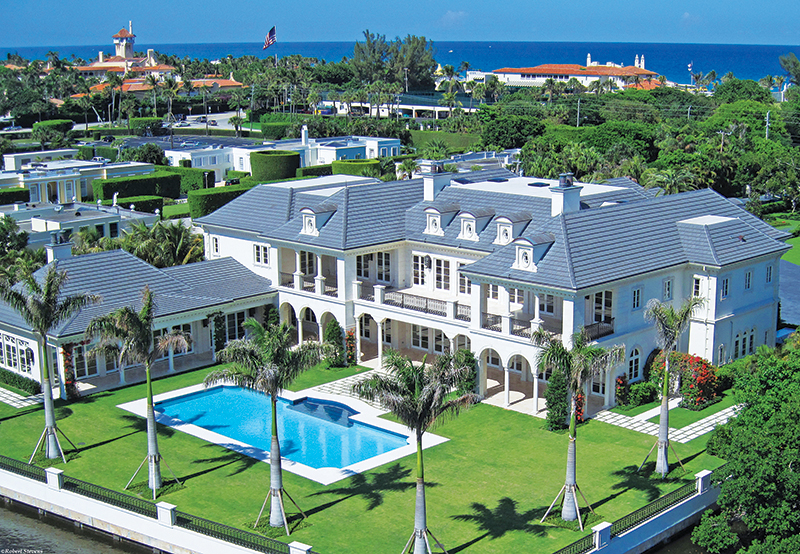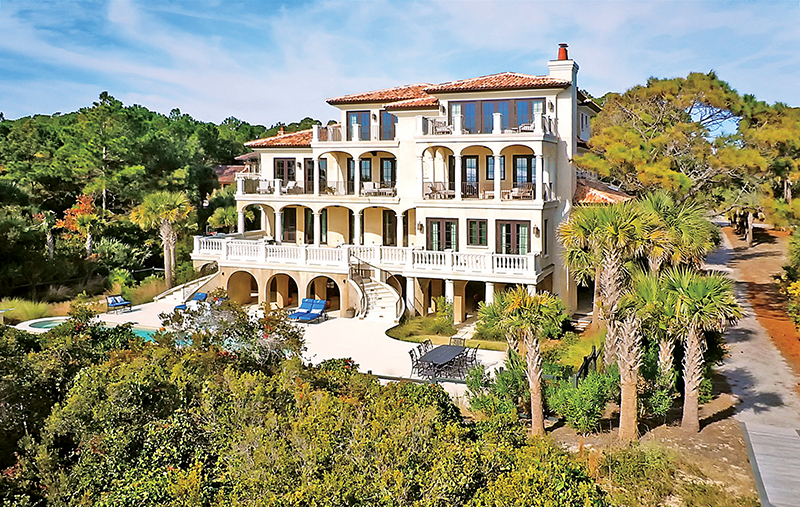That Incomparable View -- Playing Chicken With Nature
 |
| Beachfront homes, Florida Photo: the realtymedics.com |
"Its foundation is already starting to slip."
"We're going to see more of this kind of thing happen to coastal housing, and not just in Oregon."
"A lot of these wealthier homeowners are playing chicken with nature, and losing."
Phillip Johnson, executive director, Oregon Shores Conservation Coalition
"I plan to stay and fight as long as I can."
"I'm not even thinking about giving up my house. At least, not yet."
Justine Kenney, retired stockbroker, Nantucket, Massachusetts
"Erosion doesn't destroy the beach or the environment."
"The problem comes when you build on them and you don't want to move away."
Robert Young, geologist, Western Carolina University
 |
| Some 3,000 cubic yards of sand were dumped outside these homes in Harvey Cedars, N.J., in early July as an emergency step. Most homeowners there want to go ahead with a beach restoration project, but a few are holding out. Erosion has created steep cliffs in some spots that the locals have dubbed "Harvey Cedars Bluffs.'' |
"When you look at oceanfront property, there are three things any property owner is interested in. Number one and the most important is the view of the ocean. Number two is access to the ocean, and number three is the breeze, which is an important factor."In the town of Rockaway Beach, Oregon, great beachfront swaths -- facing rising tides which result in record levels of erosion -- have been eaten away, threatening the stability of costly homes built on bluffs overlooking the ocean. A six-bedroom home on the northern coast of the state with a hot tub and a swimming pool, a Tuscan-style residence with a 3,300 square feet interior, boasting sweeping views of the Pacific Ocean is now in direct peril. The property was once considered a real estate treasure. Built in 2009 for over $1-million it stood close to ten metres from the ocean.
"A lot of people don't like to use their air conditioning. They say the evening breeze off the ocean is something special. [Putting dunes as tall as 29 feet that are 50 feet wide in behind homes would reduce property values by 40 percent.] If you have a million-dollar property, it's now worth $600,000."
Ken Porro, lawyer, oceanfront property, Harvey Cedars, New Jersey
Now, that last word in comfortable living, a sought-after property, is not quite so sought-after any longer. From the effect of erosion caused by those high tides the owners can enjoy watching from their large windows overlooking the ocean that sweep the beachfront, the house now is perilously perched under three metres from the dune's edge. It is a disaster waiting to happen, and happen it will, predict local officials -- guessing before the end of the year.
The owner of the property has expended tens of thousands of dollars, attempting to save his home. Dump-truck-loads of sand have been deposited on the beach in front of the residence. And the owner is contemplating the installation of permanent rock-and-boulder barriers, in the hope of protecting the bluff from any additional erosion under the waves' interminable onslaught. He is awaiting the go-ahead from state officials.
There is nothing particularly new about costly homes balancing on the edge of cliffs overlooking the ocean. Such homes are still in high demand, but that demand is soon to evaporate and the current owners left with little to celebrate. Affluent purchasers of such special beachfront properties were always willing to pay premium prices for palatial real estate, knowing those properties would be expected to increase in value. Rising sea levels, however, have altered both perceptions and the properties that were once so alluring.
Owners of homes in wealthy enclaves on both the Atlantic and the Pacific coasts of the United States now face similar battles caused by rising tides and the erosion they are responsible for. Some of the most prized waterfront real estate -- from New England to California is steadily evaporating into the oceans -- whose views and ocean-proximity were once the major selling point for these esteemed properties. True, the owners are wealthy, but they are discovering that their desperate efforts to save their investments are just that; desperate but futile.
Bluffs battered by rising tides that ravage their integrity edge homes ever closer to the sea despite millions some homeowners have dedicated to moving their homes further back on their lots. Experts estimate that in Malibu, California, home to one of the costliest beachfront areas in the country some lots have lost up to 17 metres of beach in the last ten years alone. Local authorities are prepared to spend millions -- up to $60M every ten years -- hauling tons of sand in hopes of restoring the vanishing beaches and dunes. Increased taxes will be levied on the over 100 properties involved, to achieve this.
 |
Photo courtesy of Cocoran Group Real Estate |
More than 300,000 homes in the United States likely will be affected by chronic flooding within the next 30 years as a result of rising sea levels, according to a study by the Union of Concerned Scientists. Properties valued at nearly $140-Billion across the country are at risk, suggests the study. Ocean City in Maryland, where town officials have been replenishing the beaches, spending millions in the process, is listed among a number of locations along the Atlantic Ocean at risk of chronic flooding by 2045.
 |
Photo courtesy of Kiawah Island Real Estates |
Labels: Atlantic Ocean, Ecology, Environment, Nature, Pacific Ocean, Properties, United States

0 Comments:
Post a Comment
<< Home